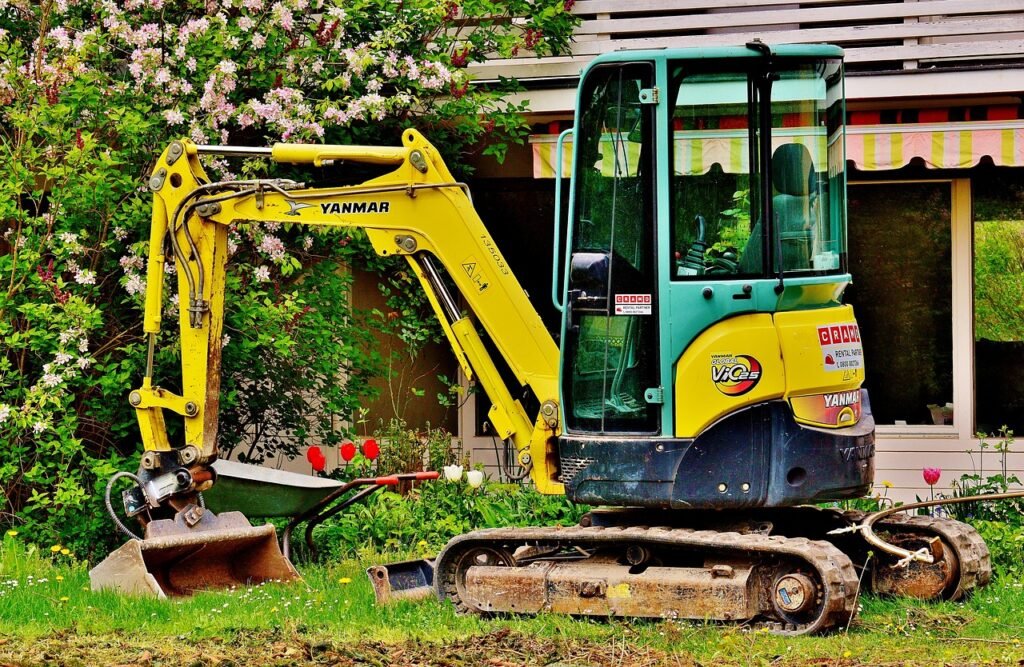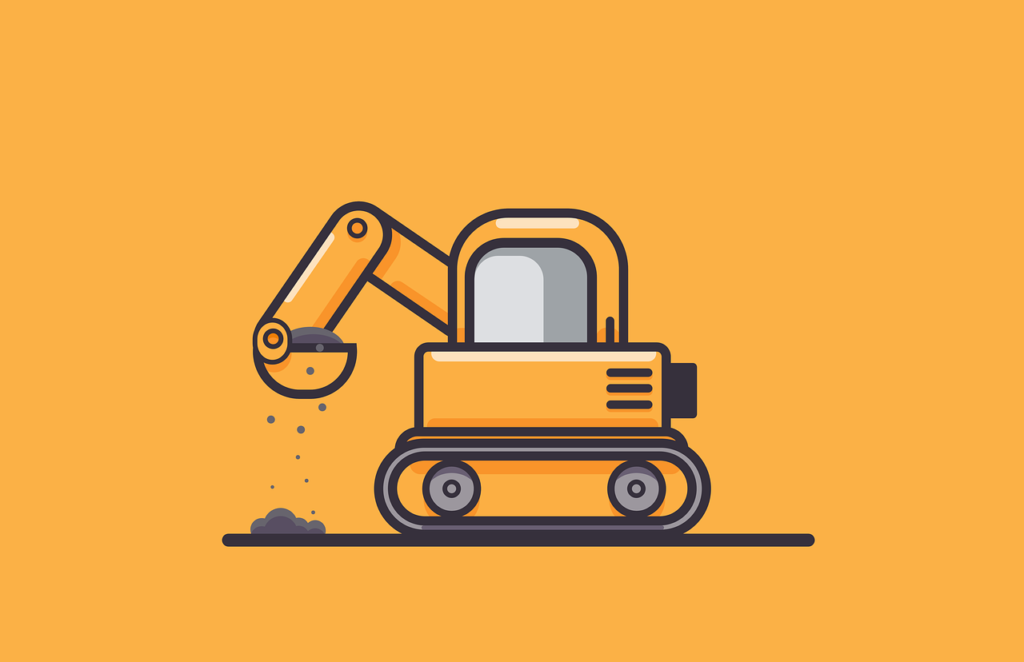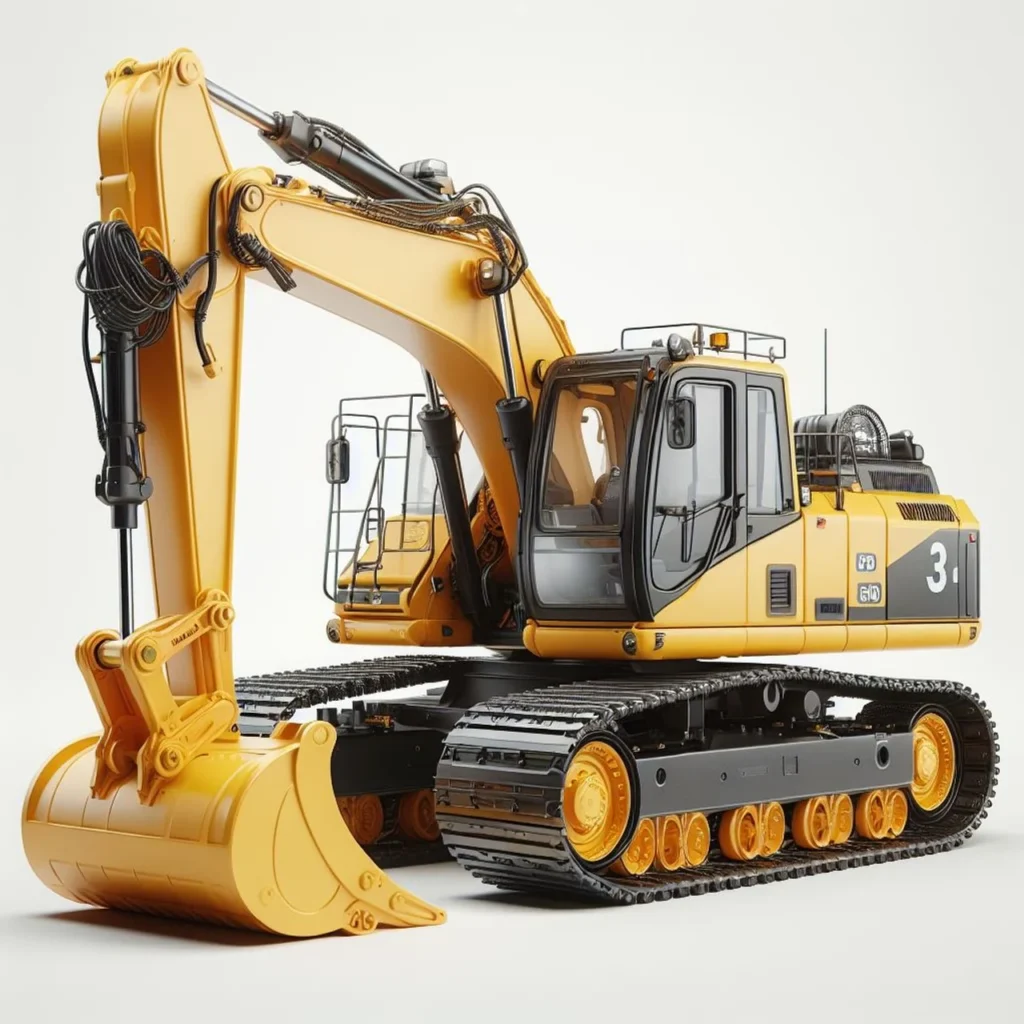Excavators are a common sight on construction sites, used for digging trenches, demolishing structures, and moving heavy materials.
These powerful machines come in various sizes, from compact models to large-scale giants.
Today, we will explore the world of excavators and delve into the fascinating realm of the smallest excavator in the world.
What is an Excavator?

Before we dive into the specifics of the smallest excavator, let’s first understand what an excavator is.
An excavator, also known as a digger or mechanical shovel, is a construction machine designed for heavy-duty digging and earthmoving tasks.
It typically consists of a boom, bucket, and cab mounted on a rotating platform called the house.
Excavators are powered by hydraulic systems, allowing for precise control and efficient operation.
The Smallest Excavator: A Marvel of Miniaturization
When we think of excavators, we often envision massive machines dominating construction sites.
However, the world of excavators also includes compact models that are incredibly small yet highly capable.
The smallest excavator in the world is a marvel of engineering, combining power and versatility in a pint-sized package.
Measuring just a few feet in height and weighing a fraction of its larger counterparts, the excavator proves that size does not always dictate performance.
Despite its diminutive stature, this mini excavator offers impressive digging capabilities, making it a valuable asset in tight spaces and urban environments.
Applications of the Smallest Excavator
The smallest excavator may be tiny, but it has a wide range of applications.
Its compact size allows it to navigate through narrow passages and confined spaces that larger excavators cannot access.
Here are some common uses for the smallest excavator:
Trenching and Digging
Whether it’s installing utility lines or creating trenches for drainage systems, the smallest excavator excels at digging tasks.
Its compact design enables it to maneuver in tight areas, making it ideal for urban construction projects where space is limited.
Landscaping and Gardening
When it comes to landscaping and gardening, precision is key.
The smallest excavator can be equipped with various attachments, such as buckets, augers, and grapples, to tackle tasks like digging holes, removing stumps, and moving soil.
Its small size allows for precise control, ensuring that delicate plants and structures are not damaged during the process.
Demolition and Site Cleanup
Even though the smallest excavator may not have the brute force of its larger counterparts, it is still capable of assisting in demolition and site cleanup projects.
Its compact size and maneuverability make it an excellent choice for navigating through debris and tight spaces, helping to clear the site efficiently.
The Advantages of the Smallest Excavator
While the smallest excavator may not be suitable for every construction project, it offers several advantages that make it a valuable addition to any fleet.

Here are some benefits of using the smallest excavator:
Improved Maneuverability
One of the significant advantages of the S E is its exceptional maneuverability.
Its compact size allows it to access areas that larger excavators cannot reach, making it an invaluable asset in urban environments and confined spaces.
Whether it’s a backyard renovation or a construction project in a crowded city, the S E can navigate through tight corners and narrow passages with ease.
Reduced Environmental Impact
With growing concerns about environmental sustainability, the S E offers a greener alternative.
Its smaller size means it requires less fuel to operate, resulting in reduced carbon emissions.
Additionally, its precise control helps minimize damage to the surrounding environment, making it an eco-friendly choice for construction projects.
Cost-Effective Solution
When it comes to construction equipment, size often correlates with cost.
Larger excavators come with hefty price tags, making them a significant investment.
on the other hand, offers a cost-effective solution for smaller-scale projects.
Its lower price point and reduced operating costs make it an attractive option for contractors and construction companies.
Choosing the Right Excavator for Your
Needs
While the excavator has its advantages, it’s essential to choose the right excavator for your specific needs.
Factors such as the scale of the project, the type of terrain, and the required digging depth should all be consideredpwhen selecting an excavator.
Consulting with an experienced equipment provider can help ensure that you choose the right machine for the job.
In Conclusion
The smallest in the world may be small in size, but it packs a powerful punch.
Its compact design, maneuverability, and versatility make it a valuable asset in various construction projects.
Whether you’re digging trenches, landscaping, or demolishing structures.
The smallest proves that good things do come in small packages.
So, the next time you see an excavator on a construction site, take a moment to appreciate the engineering marvel behind these incredible machines.
Including the smallest that defies expectations and gets the job done.



